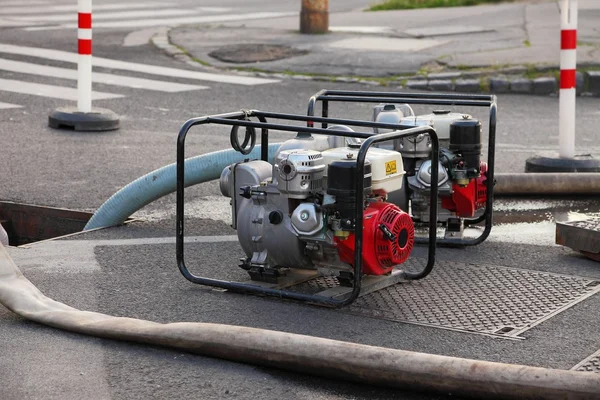Things to consider when moving to Tampa

TAMPA, the largest city in the Tampa Bay area is the economic center of western Florida. In this mid-sized city, history and charm set the tone which makes it a good place to live. With a mix of blue and white-collar careers, this Florida destination has a character and isbest known for its tourist attractions.
This region has always risen up to the challenge of adjusting to make it better, like what the current Mayor said. Remember how well Tampa had managed to host the Super Bowl in February? That alone is one good reason for people to consider living in the area.
Another pro of moving to Tampa is that you would be able to live in a thriving metropolitan while feeling like you’re on a beach vacation all year round. You don’t only see a beautiful city in Tampa. Its coast line goes on for many miles and you can’t help but want to drive towards the coast to see a vast beautiful ocean and shoreline.
Apart from beautiful attractions, Tampa is home to great neighborhood that are filled with hidden gems and character. The right spots will lead you to thriving local businesses and restaurants galore.
With a mixture of modern landmarks and historic architecture, Tampa’s culture is infused with Cuban and Spanish flavors. Vibrant business districts and beautiful waterways makes the city a wonderful place to work, play and unwind which is why a lot of people loves to move there.
A great city for all ages and tastes, there’s just a lot of things to do in Tampa. There are hotels within the city offering accommodations that fit any budget and catering to everyone, whether families, adventure seekers, and foodies. Once known as a melting pot for all cultures and settlers, the city welcomes anyone seeking for fun, opportunity and a chance to try new things.
How about Tampa’s economic status?
While the utility prices are 16% higher than the national average, housing expenses in Tampa are 23% lower than the national average. Transportation expenses such as bus fares and gas prices are 6% higher than the national average, but the grocery prices are about the same as the national average.
The United States’ unemployment is 6.0% but Tampa has only 5.0%. Over the last year, the city’s job market has increased by 2.3%. Meanwhile, the future job growth over the next ten years is predicted to be 42.7%. That is9% higher than the US average.
Yearly’s average income of a Tampa resident is $29,704, that’s higher than the US average of $28,555 per year. Meanwhile, a Tampa resident’s median household income is $43,740 a year, that’s lower than the US average of $53,482 a year.
What about the rental landscape in Tampa?
According to Zumper as of July2021, there’s 8% increase compared to previous year on the average rent for a 1-bedroom apartment in Tampa which is currently $1,295. Currently, 386 apartments are listed coming from Tampa’s different neighborhoods.
Compared to the previous month, the average rent for a studio apartment in Tampa decreased by -12% – now down to $1,112. Rental for a 1-bedroom apartment has increased by 3% – now at $1,295 while the average rent for a 2-bedroom apartment increased only by 1% to $1,513.
Renters can score an affordable studio apartment for as low as $680 per month in the neighborhood of Northeast MacFarlane. For more renting tips in Tampa, do check out Zumper. They update inventory real-time so you get only the best offers.
Tampa is an interesting and unique city and based on data and statistics, living in Tampa can be convenient and promising even amidst this pandemic and economic downturn.






